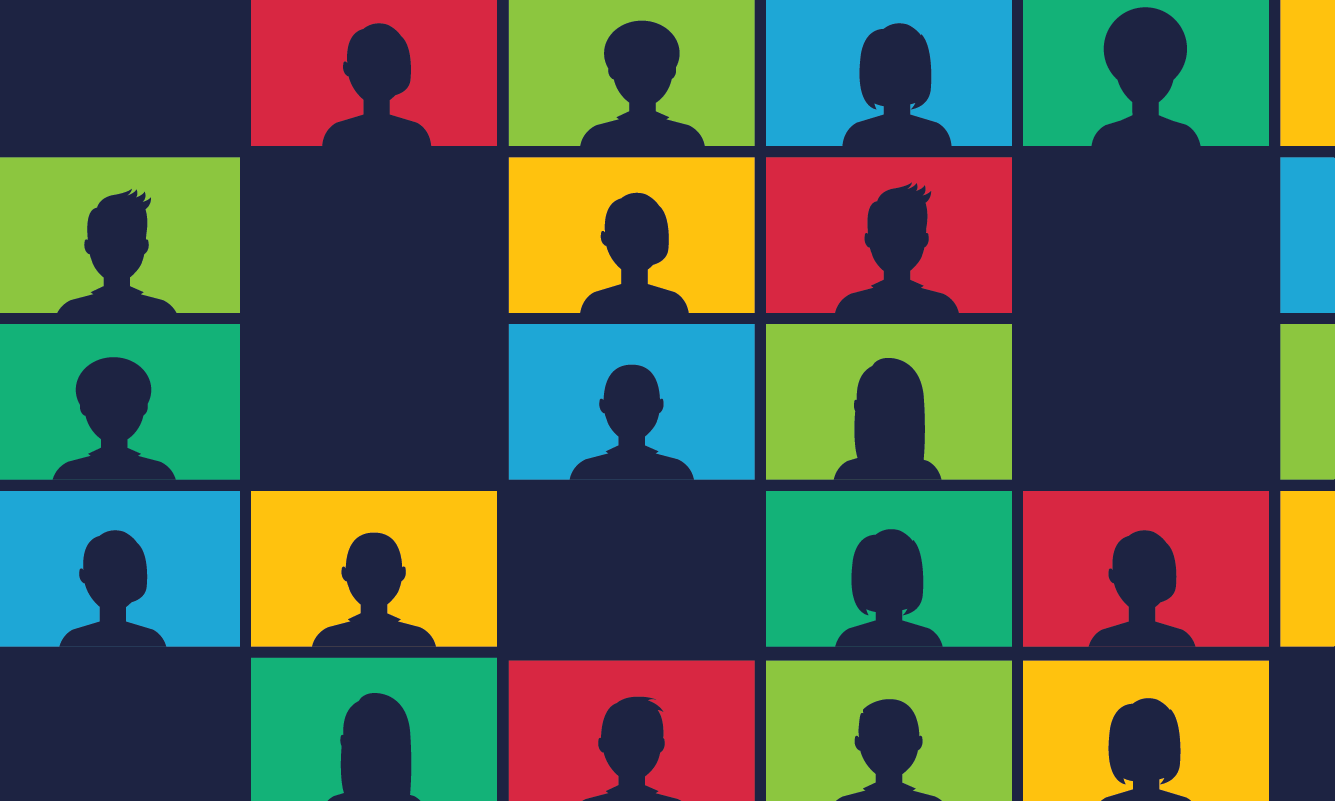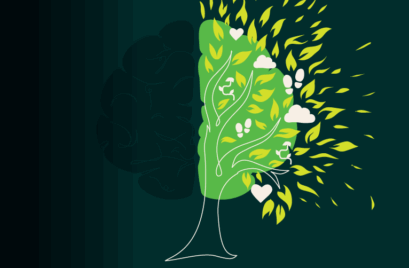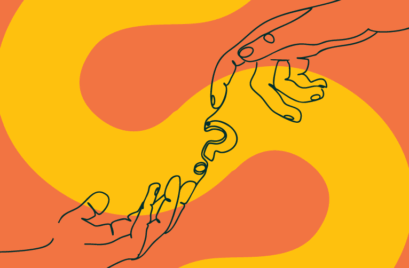
Zoom fatigue, back-to-back meetings, and lack of commute time to decompress… Hybrid working has brought with it a whole new raft of considerations and challenges. And while we know instinctively and practically how much our patterns of communication have changed, delving into the science behind them can reinforce our leadership decisions and actions around these issues.
This means understanding the why, not just the what and the how. Why do we miss face-to-face so much? Why are people really feeling burned out right now? Why is online harder than in person?
Why do we miss face-to-face communication?
Our studies into human communication tell us that being face-to-face is “naturally superior” to all other forms. This premise is at the basis of media naturalness theory, which is the lens we apply to the development of computer-mediated communication. In other words, we use this theory to identify which computer-based forms of communication most closely represent the face-to-face experience.
There are five key qualities that make face-to-face communication easier and more effective:
- co-location, meaning the participants are located in a common physical space
- synchronicity, which allows for immediate and spontaneous exchanges of information – no time lag
- the ability to observe and convey facial expressions
- the ability to observe and convey body language; and
- the ability to convey and listen to verbal language, or speech.
Essentially, we find anything that is not face-to-face more physically fatiguing than usual. This extra cognitive effort of NOT being in person, explains why our increasing use of devices is exhausting and depleting us.
Why do we get tired from being online?
This idea is further supported by research showing that online fatigue is triggered by our neurons being out of normal sync. Research shows we have a neural oscillatory mechanism that automatically syncs our speech rate to our conversation partners.
When we’re in person there is an average transition time of 135 milliseconds between speakers. On Zoom, however, transitions between speakers take 487 milliseconds on average. The slight delay we experience when we’re online, means that our conversational pauses are longer, and this is affecting our automatic ability to mirror speech patterns.
While the delay is minuscule, “ it adds too much additional variability for brainwaves to sync with speech rates automatically, and more arduous mental operations have to take over.”
Add to that, the fatigue caused by our reduced movement because we are constantly sitting in front of a screen, our struggle to try and intuit body language when we can only see faces, plus any other number of external factors such as poor connection speed, technical issues, and other personal distractions, and we can see that connecting remotely is littered with hurdles to clear communication and physical well-being.
Why are we suffering burnout?
To add to this, while it’s easy to make the assumption that we’re experiencing burnout because of high-stress workloads, our research tells us that the biggest contributor to our exhaustion is loneliness. In recent times, hybrid work has contributed to a greater social isolation factor, making us even more vulnerable to any lack of social support. To put the health costs of in comparative terms, feeling lonely and disconnected has been equated to smoking 15 cigarettes a day.
And this is not a social problem we’ve manufactured. Science tells us that feelings of loneliness emanate from neural activity in a section of the midbrain associated with producing and promoting dopamine. Although we can’t yet measure loneliness, we know that a particular group of neurons respond in a similar way to social isolation as they do to food deprivation. Conversely, when these areas are deactivated in mice, they also lose their desire to socialise.
Other studies, based on the MRI data from 40,000 middle-aged and older adults, show that “lonely” people have more grey matter volume in the region of the brain involved in inner thoughts. They also have more well-preserved fibre tracts that carry the signals from the hippocampus to the thinking area called the “default networks.” What this means is still in the hypothesis stage, though it indicates significant biological differences between people who feel connected to others and those who don’t.
What we do know though is that loneliness is not simply some externally imposed social construct. The way the brain reacts to social connection shows us that it is hardwired the same way as our need for food and shelter is. Our body and brain know it’s essential to our survival.
Why are leaders unsettled by hybrid working arrangements?
However, it’s not only our biological rhythms that have been affected by hybrid work. As leaders used to having all our people in a room, we’ve been fundamentally unbalanced by the online experience. The NeuroLeadership Institute suggests that the office environment was “comforting to managers” and an easier way to work. And they believe that everyday situations in the hybrid world now require truly “great” leadership to combat all the uncertainty.
Everything we know from human behaviour tells us that uncertainty puts us into a threat state, where we’re more likely to assume negative outcomes and thought patterns, and are less likely to learn.
Some leaders have responded to the heightened threat of uncertainty during the pandemic by developing a surveillance focus rather than an outcome focus. A surveillance focus might present as micromanaging, and excessive check-ins, while an outcome focus is clear on what good looks like but allows the individual to map how they get there.
Recognising we’re constantly under threat in our current ways of working, and intentionally shifting to an outcome focus that allows for autonomy, is the step towards the great leadership this moment in time demands.
Going forward, many are asking, what is the best way to work? And overall, it seems that our teams are divided in their feelings about hybrid working conditions. The NeuroLeadership Institute’s surveys have shown that a third of us want to go back to the office full-time, a third want a hybrid choice, and a third want to stay fully remote. So, organisations need to keep the conversation going with their team members, in order to find the right blend for them. Utter flexibility remains the key to optimal outcomes.
The science behind our response to hybrid working indicates that deep change is not without its hurdles. And, perhaps, one way to look at our current experiences, is to view them as “growing pains.” We’re operating outside our ingrained patterns, and our bodies and brains are responding to the newness.
But given time and goodwill, as evolution has shown us, we will adapt.
Check out our article on meeting the social needs of our teams.
Need More Help?
Keen to find out more and leverage the science behind hybrid working? Speak to Gretel today about how we can partner with you to unpack and understand the great leadership moments to be found in transformation and empower you to lead your teams and organisations to flex for optimal outcomes.








